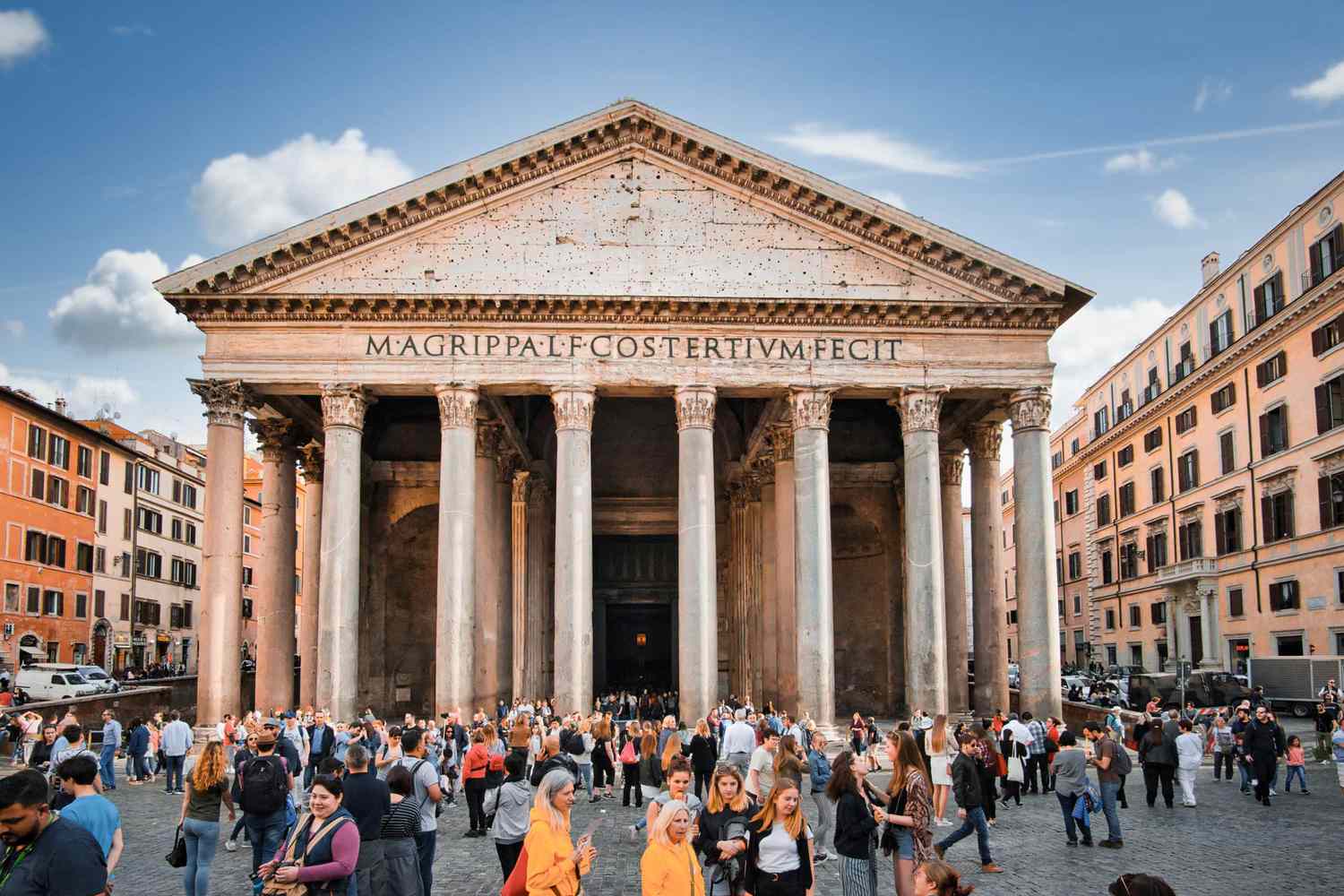Secrets Hidden In The Pantheon Of Rome

Have you ever wondered what secrets lie within the Pantheon of Rome? This ancient marvel, standing tall for nearly 2,000 years, holds more than just architectural beauty. Originally built as a temple for all Roman gods, it later transformed into a Christian church. The Pantheon boasts the world’s largest unreinforced concrete dome, an engineering feat still admired today. Its oculus, an open skylight at the dome's center, allows natural light to flood the interior, creating a mystical atmosphere. From its perfectly proportioned design to its rich history, the Pantheon continues to captivate visitors from around the globe. Ready to uncover its mysteries?
The Pantheon: A Marvel of Ancient Rome
The Pantheon in Rome stands as a testament to ancient engineering and architectural prowess. Built nearly 2,000 years ago, this iconic structure has captivated visitors with its grandeur and mystery. Let's uncover some of the hidden secrets within this ancient marvel.
The Oculus: A Window to the Heavens
The Pantheon's dome features a unique architectural element known as the oculus. This circular opening at the top of the dome serves multiple purposes, both practical and symbolic.
- Natural Light Source: The oculus allows natural light to flood the interior, creating a dynamic play of light and shadow throughout the day.
- Rain Drainage: Ingeniously, the floor beneath the oculus is slightly convex, allowing rainwater to drain away through hidden holes.
- Symbolic Connection: The oculus represents a connection between the temple and the gods, symbolizing the eye of heaven watching over the earth.
The Dome: Engineering Feat of the Ages
The Pantheon's dome remains the largest unreinforced concrete dome in the world. Its construction is a marvel of ancient engineering, showcasing the ingenuity of Roman builders.
- Gradual Thickness: The dome's thickness decreases as it rises, reducing weight and preventing collapse.
- Lightweight Materials: Pumice, a lightweight volcanic rock, was used in the upper sections to further reduce weight.
- Coffered Ceiling: The coffered design not only adds aesthetic beauty but also reduces the overall weight of the dome.
The Portico: Gateway to Grandeur
The Pantheon's portico, with its towering columns and grand entrance, sets the stage for the awe-inspiring interior. Each element of the portico holds its own secrets.
- Monolithic Columns: The columns are made from single pieces of Egyptian granite, transported over 3,000 miles to Rome.
- Bronze Doors: The massive bronze doors, weighing several tons each, are original and have stood the test of time.
- Inscription: The inscription on the portico credits Marcus Agrippa with the original construction, though the current structure was rebuilt by Emperor Hadrian.
The Interior: A Harmonious Blend of Art and Architecture
Stepping inside the Pantheon reveals a harmonious blend of art and architecture, with each element meticulously designed to create a sense of awe and reverence.
- Perfect Proportions: The interior's height and diameter are equal, creating a perfect sphere that enhances the sense of balance and harmony.
- Marble Floors: The intricate marble floors feature geometric patterns that add to the visual splendor.
- Niches and Statues: Originally, the Pantheon housed statues of Roman gods in its niches, adding to its religious significance.
The Pantheon's Hidden History
Beyond its architectural marvels, the Pantheon holds a rich history that adds to its mystique. From its origins as a temple to its transformation into a Christian church, the Pantheon has witnessed centuries of change.
- Temple to Church: In the 7th century, the Pantheon was converted into a Christian church, saving it from destruction.
- Royal Tombs: The Pantheon serves as the final resting place for several Italian kings, including Victor Emmanuel II.
- Raphael's Tomb: The renowned artist Raphael is buried in the Pantheon, adding to its cultural significance.
The Pantheon of Rome continues to inspire awe and wonder, revealing its secrets to those who venture within its ancient walls.
Discovering the Pantheon's Timeless Allure
The Pantheon in Rome stands as a testament to ancient engineering and architectural brilliance. Its massive dome, oculus, and marble interior captivate visitors, offering a glimpse into Rome's storied past. This iconic structure, originally built as a temple for all Roman gods, has transformed over centuries into a Christian church and a tourist attraction. Each visit reveals new secrets and details, from the inscriptions on its walls to the hidden chambers beneath. Exploring the Pantheon isn't just about seeing a building; it's about connecting with history, understanding the ingenuity of ancient architects, and appreciating the cultural significance that has endured through time. Whether you're a history buff, an architecture enthusiast, or simply a curious traveler, the Pantheon offers an unforgettable experience that leaves a lasting impression.

